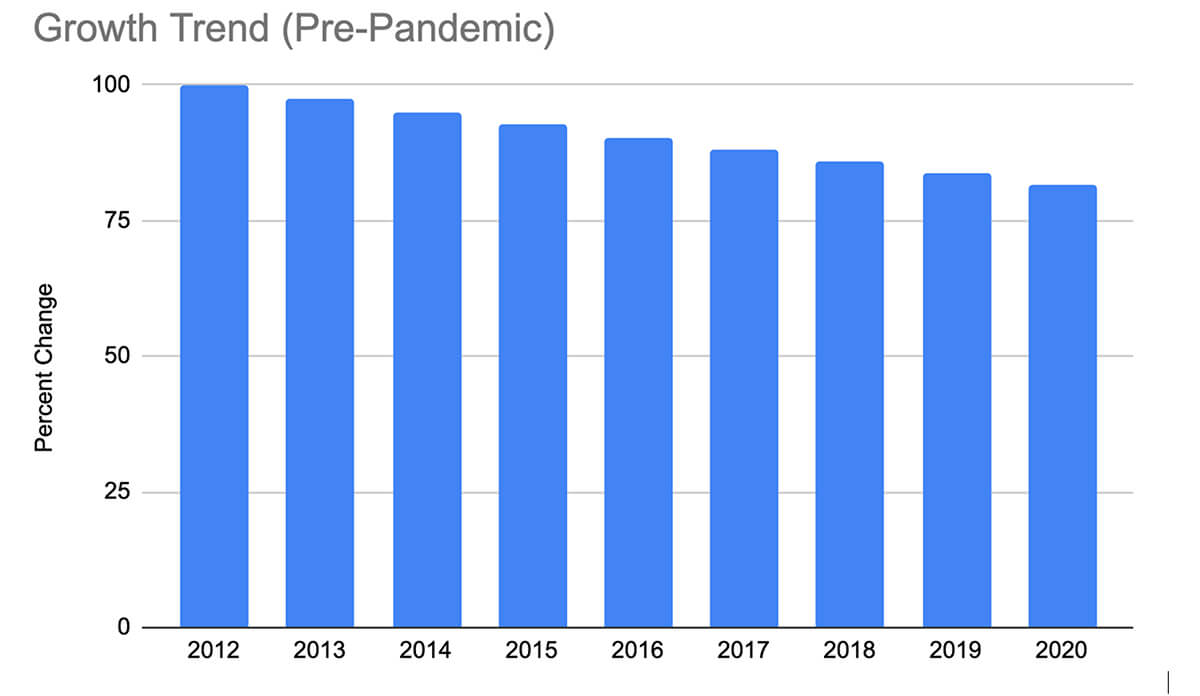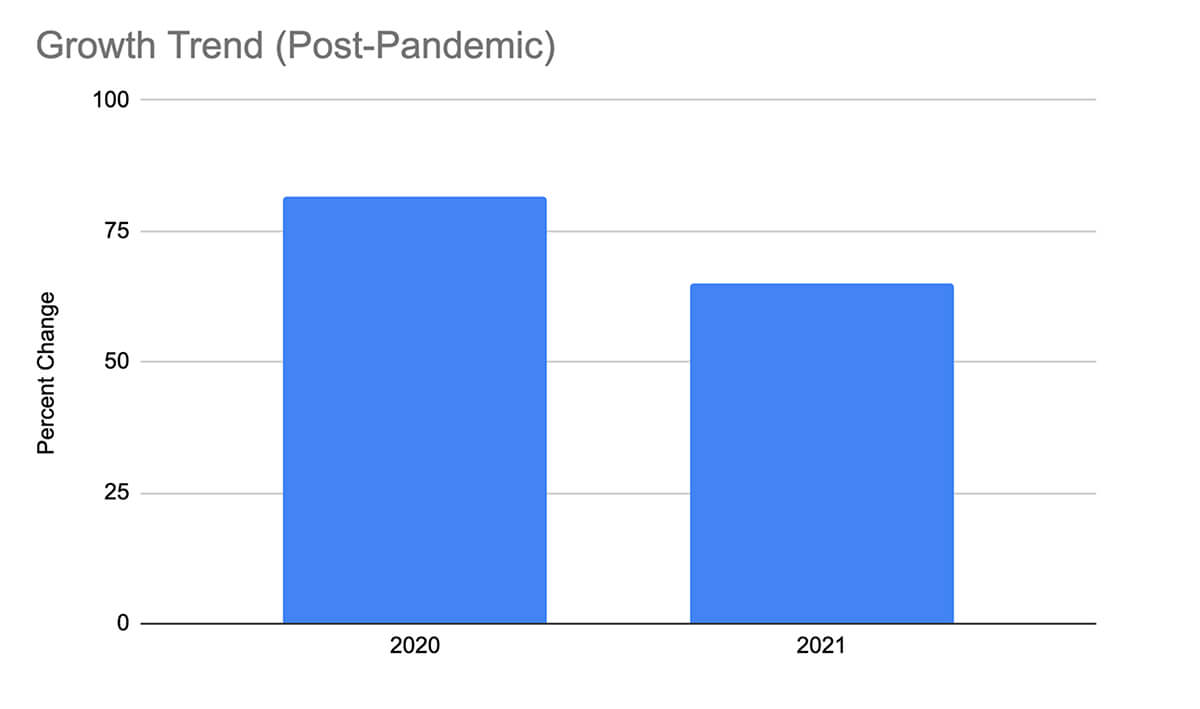
A few weeks ago, we looked at five trends affecting classical music organizations, as well as some of the ways they have pivoted amid the pandemic.
Here’s a recap:
- Once thought to be a supplementary product, digital media is now a core part of the fan experience.
- Streaming Video is overcoming streaming audio to become the most significant growth area in the music sector.
- Artists and fans have embraced direct-to-consumer distribution, bypassing live music venues.
- Social music tech has exploded. Musicians are hungry for new products that can help them bring music to their fans, and play together with other musicians.
- The subscription model is king. Subscription events are an ideal model as the value proposition is closely aligned with the scarcity associated with touring. This helps ticketed live streaming events differentiate themselves from the ubiquitous “free” streams found on social media (TikTok, Facebook, YouTube).
Of these five trends, there was one prediction we left out.
It’s not 2021. It’s 2031
According to NYU Stern School of Business professor and New York Times best-selling author Scott Galloway, the pandemic has accelerated the progression of trends in all industries, including music, by approximately 10 years.
This means that whatever trend affecting a music organization before the pandemic is now ten years ahead of schedule.
Let’s use a hypothetical example of an opera company to illustrate.
A hypothetical opera company has been losing an average of 2.5% of its audience every year since 2012.

While this gradual loss of audience is never good, the time span gives them plenty of time to turn things around. But assuming they don’t turn things around, the cumulative loss (now a trend) would equal 20% over the period. If Galloway’s hypothesis is correct, the pandemic’s acceleration effect will leave our hypothetical opera company with an audience decline of 40%.

According to Galloway, the inverse is also true. Organizations that were trending up before the pandemic will be in a much better position to come out the other side as winners. This is especially true for those who have adapted to current market trends before the pandemic (see the five trends outlined above).
This could mean a repositioning of classical music organizations that will see those doing well, do exponentially well after the pandemic, and those struggling, do exponentially worse. Scary.
For more on Galloway’s hypothesis, read Post Corona: From Crisis to Opportunity.
#LUDWIGVAN
Get the daily arts news straight to your inbox.
Sign up for the Ludwig van Daily — classical music and opera in five minutes or less HERE.
- THE SCOOP | Royal Conservatory’s Dr. Peter Simon Awarded The Order Of Ontario - January 2, 2024
- THE SCOOP | Order of Canada Appointees Announced, Including Big Names From The Arts - December 29, 2023
- Ludwig Van Is Being Acquired By ZoomerMedia - June 12, 2023



